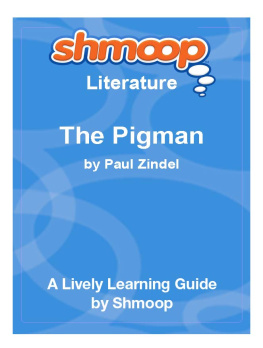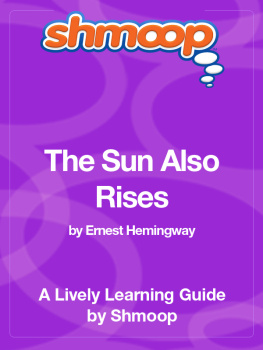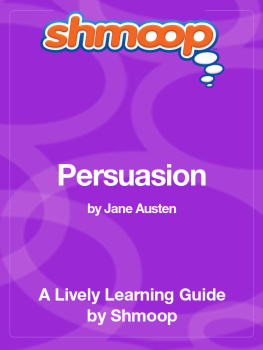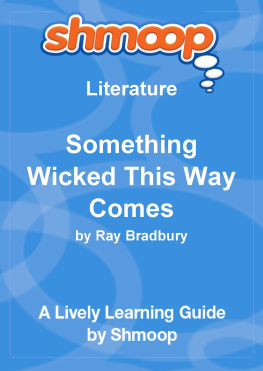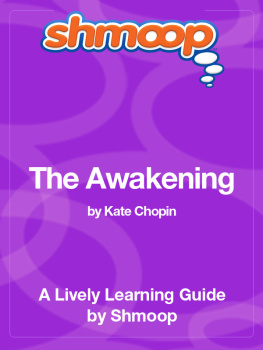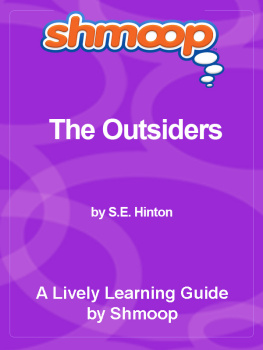
Table of Contents
In a Nutshell/Overview
In a 1962 interview, Sylvia Plath remarked that personal experience was interesting only if it wasn't "a kind of shut-box and mirror looking, narcissistic experience." She stressed that personal experience should be made "relevant, and relevant to the larger things, the bigger things such as Hiroshima and Dachau and so on" (source). In other words, personal experience is only interesting if some connection is made to big-picture issues like atomic warfare or the Holocaust.
The fact that this sentiment comes from the author of The Bell Jar may surprise a lot of people. It's true that The Bell Jar was and still is hailed as a major work of feminist fiction, taking on the sexism, materialism, and complacency of American society. But The Bell Jar made such a splash because it was such a personal look at one young woman's struggle with suicidal depression.
It certainly helped that the central character, Esther Greenwood, was a thinly veiled version of Plath herself. Like Esther, Plath was born and raised in suburban Massachusetts, lost her father at a young age, enjoyed a glittering academic career at Smith College and a glamorous college internship at a women's magazine in New York, and also suffered a nervous breakdown and attempted suicide. By the time the novel was published in 1962, Plath was well on her way to becoming an established poet. After recovering from her suicide attempt, Plath went on to a brilliant academic career, published a book of poetry, married fellow poet Ted Hughes, and had two children.
But Plath had also reached a critical period in her personal life. As she worked on The Bell Jar, Plath underwent a difficult time in her marriage, finally separating from her husband. When The Bell Jar was published in January of 1963, Plath was living in a chilly little flat in London with her two children, frantically working on the collection of poems that would be published after her death as Ariel. While many who knew her remarked that she seemed heartened by the quality of her poems, Plath was in frail emotional and physical health. Just one month after The Bell Jar was published, Plath took her own life. Tragically, Plath would never know how widely acclaimed her poetry would be; her Collected Poems, edited by her husband Hughes, won the Pulitzer Prize in 1982.
But back to The Bell Jar. Why all this bio? Well, we feel obliged to share all these biographical details with you because, in a twist that Plath would surely not appreciate, it's precisely the sensational details of her personal life - or more specifically, her death - that Bell Jar readers can't help but find fascinating. Perhaps the primary reason for the fascination is that Plath's biography provides a clear conclusion to the ambiguous ending of The Bell Jar. The novel never gives us a happily ever after; it never tells us whether the main character goes off to live a full and happy life to die of natural causes at some ripe old age. So, naturally, we're tempted to look at the author's biography for some clues.
But to do so would be to indulge the same kind of "shut box, mirror looking, narcissistic" navel-gazing that Plath wanted to avoid. If The Bell Jar continues to endure as one of the classics of twentieth-century American fiction, there has to be more to the story. The Bell Jar continues to speak to us because it shows how the big-picture issues, the social and political problems that are out there plaguing the world at large, affect the individual at the deepest and most personal level.
Why Should I Care?
Any way you cut it, pop culture seems to be obsessed with teen sex. Teens are either having it or avoiding it. Shows like Gossip Girl, OC, and Beverly Hills 90210 (both old and new) rely on sex-obsessed teens as a bottomless trove of plot fodder.
And that's why Sylvia Plath's The Bell Jar still resonates today, almost fifty years later. Before tween idols like Jessica Simpson and Britney Spears , we had Esther Greenwood, the heroine of The Bell Jar, struggling with basic questions about sex. Questions like, if I have sex before marriage, am I bad? If I don't have sex before marriage, does it make me a prude? Why is it that when men have sex with multiple partners, they're just studs, but if women do, they're bad?
Esther's belief that a "spectacular change" would come over her once she crossed the virginity line chimes in with the way a lot of people think about sex. Sex is still regarded as one of the defining features of a person's identity, which explains the continuing appeal of The Bell Jar and its frank portrait of one young woman's exploration of her sexuality.
What's Up With the Title?
If you zoned out in class when your physics teacher brought out the bell jar, that's OK. In fact, it might be useful just to imagine what a bell jar is. Perhaps a jar shaped like a bell? Shaped like the Liberty Bell in Philadelphia, maybe? Certainly an unusual shape for a jar. What would they keep in a jar like that? Something equally unusual?
Well, you're not far wrong. A bell jar is - surprise! - shaped like an upside-down bell and creates a vacuum effect that comes in handy when you're trying to preserve plants or perform physics experiments in the classroom (like this "phunny" guy). The peculiar feature of the bell jar is that it keeps everything inside hermetically sealed from the outside world. Whatever's inside remains preserved, static, unchanging.
In
The Bell Jar, the main character uses the bell jar as the primary metaphor for feelings of confinement and entrapment. She feels that she's stuck in her own head, spinning around the same thoughts of self-doubt and dejection, over and over again, with no hope of escape. But she also uses the bell jar as a metaphor for society at large, for the way that people can be trapped inside stale social conventions and expectations.
What's Up With the Ending?
The Bell Jar closes just as Esther enters her exit interview at the psychiatric institution where she has spent the past few months recovering. Since the novel stops there, we can't know for sure what happened in the interview, whether the doctors decided that Esther was ready to go back to college, or whether they decided that she needed more therapy.
But we do know that the novel is being narrated at some point in the future by Esther. Let's just call her "Future Esther" for convenience. The only hint that we get about Future Esther's life is that for a "long time afterward," she couldn't bear to look at the free stuff she got at her summer internship, but when she was "all right again" she brought the stuff back out, used the free lipstick still (not sure how long lipsticks lasted in the 1950s), and "last week" gave one of the freebies to her baby to play with (1.13). Future Esther has managed to have a child and write this narrative, two things that weren't supposed to be possible together, according to many of the other characters in the novel.
But it isn't clear under what conditions she was able to do both, to have her cake and eat it too, if you will. It's not clear whether she's married, whether she was finally able to find true love, or whether she had the child out of wedlock. And it's certainly not clear whether she will sink into a suicidal depression again. In some ways, this early passage is the real ending to the novel, although it leaves just as many questions unanswered.
Of course, the temptation is to read Plath's life back into the novel. But just because Plath ended her own life does not mean that Esther Greenwood, a fictional creation, also committed suicide or was intended to commit suicide by the author. That would be missing the whole point of writing fiction, made-up stories.







